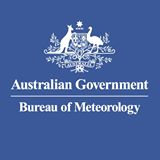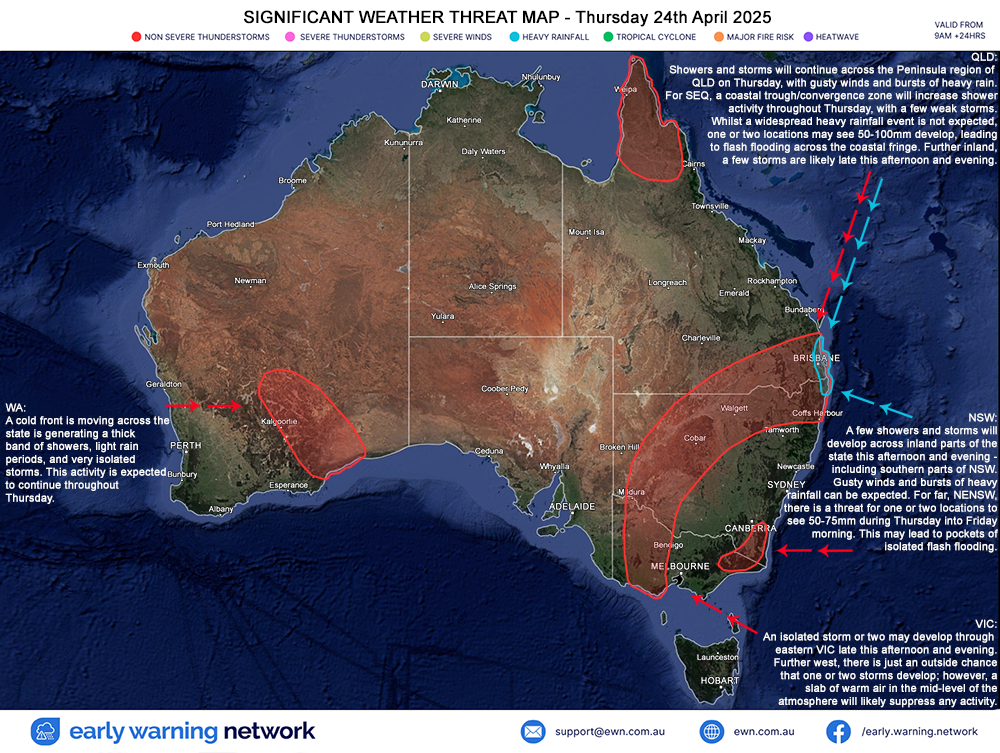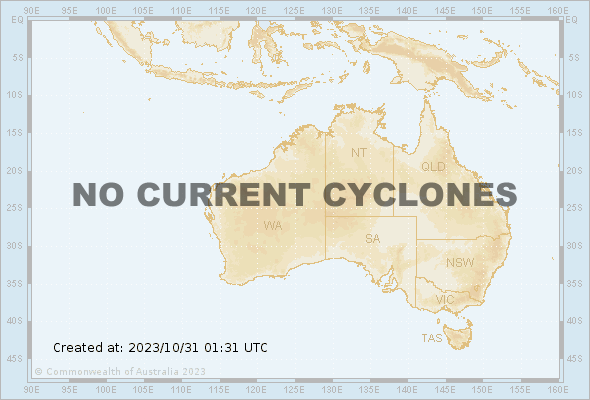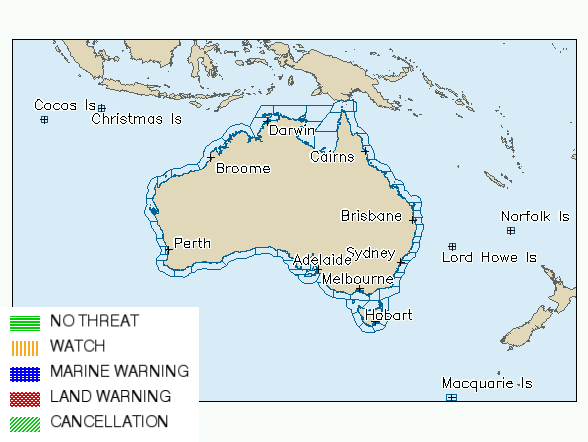|
Current Air Quality |


For the latest Air Quality for Melbourne, please click on the link below.
Melbourne EPA Air QualityAbout Air Quality |

Clean air is made up of nitrogen, oxygen and argon, with traces of other gases such as carbon dioxide.
Air pollutants mainly come from the discharges of gases and particles, mostly from industry, motor vehicles and domestic wood burning. There are also natural sources such as windblown dust and smoke from bushfires.
Some forms of air pollution create global problems requiring international solutions; for example, upper-atmosphere ozone depletion and acid rain. The enhanced greenhouse effect also falls into this category.
Types of pollutantsThe most widespread pollutants include carbon monoxide, volatile organic compounds, ozone, oxides of nitrogen, sulfur dioxide and particles. These substances are used as indicators of air quality in cities.
Air pollution can cause health problems. For example, high concentrations of air pollutants (poor air quality) can aggravate existing respiratory diseases such as asthma and bronchitis, or increase the risk of respiratory problems.
Government sets air quality objectivesTo protect the environment against harmful and unhealthy levels of air pollution, the government has adopted objectives to protect a range of beneficial uses, including the health and wellbeing of humans, plants and animals. These are in the State Environment Protection Policy (Air Quality Management) and the State Environment Protection Policy (Ambient Air Quality).
These SEPPs cover all the major pollutants as well as 112 specific industrial pollutants from chimneys. There are more stringent controls on industrial discharges of pollutants that may have adverse health effects or are highly toxic.
The standards in the ambient air quality SEPP are used for the control of air pollution that is spread over a wide area, known as ambient pollution. The extra indicators in the air quality management SEPP are more tightly managed and thus only have effects over a small area.
The air SEPPs determine the appropriate air quality indicators and set the objectives and goals for each indicator for different measurement periods (one hour, four hours, eight hours, 24 hours or one year).
To ensure policy objectives are being met, EPA keeps a close watch on air quality, monitoring for breaches of the objectives. With this data we can target our activities to control pollution from cars, buses and trucks, power generation, industry and other sources.
Measures for ensuring standards are metThere are a number of measures that can reduce air pollution. They include:
industry adopting cleaner technology
using tall chimneys to assist dispersion
removing pollutants from exhaust gases
banning backyard incinerators and open-air burning
discouraging the use of open fires for domestic heating, and the use of older wood heaters that do not meet the Australian Standard
burning less-polluting fuels
reducing exhaust pollutants from cars by keeping cars tuned and driving less.
EPA requires or encourages all these measures
Sources of pollutionAccording to the Victorian Air Emissions Inventory for 2006, one of the biggest contributors to Melbourne’s air pollution is emissions from motor vehicles, and reducing these emissions is an EPA priority. As old cars are retired and replaced by new cars meeting tighter standards, pollution from motor vehicles has decreased over the past 10 years, despite an increase in the number of vehicles on the road. In Melbourne, motor vehicles account for approximately 70 per cent of annual emissions of carbon monoxide and oxides of nitrogen, and about 30 per cent of emissions of volatile organic compounds and airborne particles.
In colder months, domestic wood combustion is a major source of winter smog. Open fires and older heaters that do not comply with Australian Standard AS4013 contribute disproportionately. Such heaters contribute more than twice as much particle pollution per kilogram of wood burnt, and open fires three times as much, compared with modern heaters that meet the standard.
The 2006 Victorian Air Emissions Inventory estimates that industrial activities, particularly electricity generation, account for 80% of Victoria’s sulfur dioxide emissions. Most of the air pollutants emitted during electricity generation are emitted through tall stacks/chimneys, which can be over a hundred metres above the ground. Pollution emitted from tall stacks is well dispersed by the time it reaches us.
EPA control programs and future air quality trendsAs Victoria’s environmental watchdog EPA issues licences to control certain industrial emissions and monitors for breaches of air policy objectives. We also actively seek to change pollution habits through raising public awareness of the issues and what we can all do to keep improving our air quality.
All new passenger cars manufactured after 1 February 1986 have to conform to stricter emission limits and run on unleaded petrol. In 1997/99. Australia’s passenger car standards were further tightened.
Industry-specific controls are incorporated in the SEPP (Air Quality Management).EPA periodically reviews the SEPPs, in light of new medical and environmental research findings. These reviews include consultation with industry and the community.






